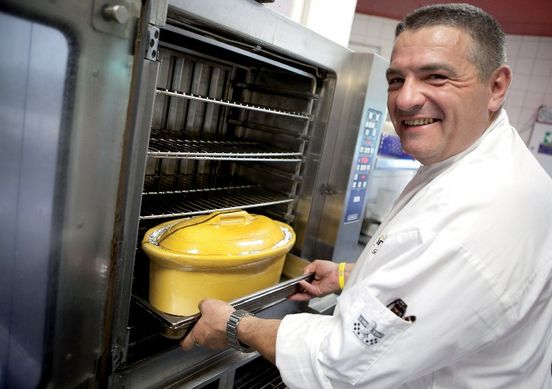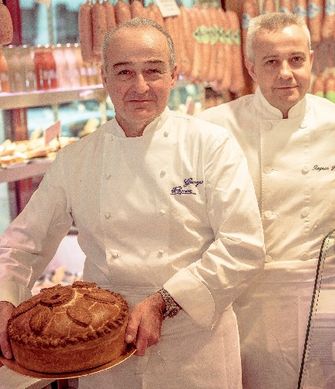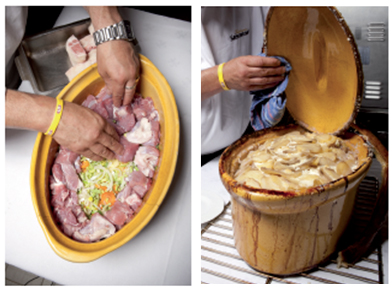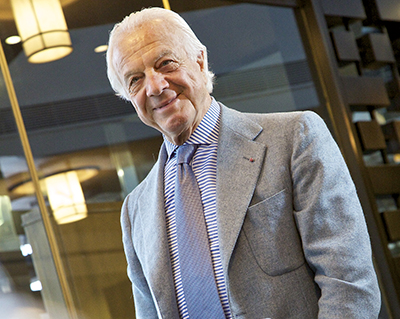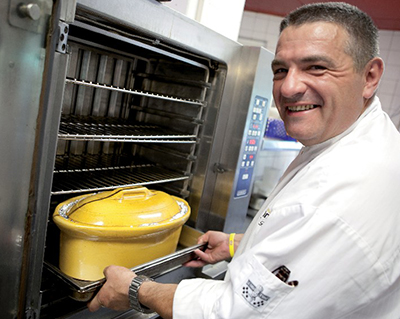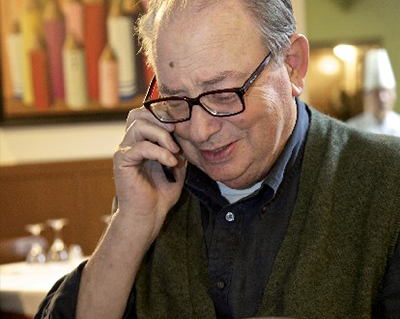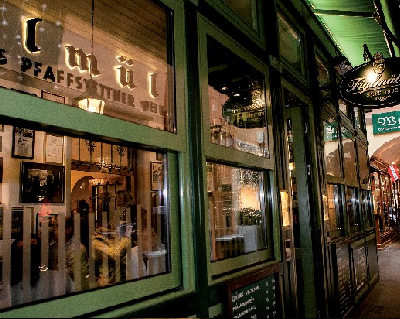Just like in Italy, classic French cuisine is often made up of regional specialities. Over the years, many of these have become an institution in French gastronomy and published internationally in countless cookbooks. However, some regions have managed to keep a few of their specialities a secret; Alsace and Lyon being two that call for further inspection.
Baeckaoffa
The Alsace is a region full of tradition, and if you would like to talk about traditions, there is one restaurant that has it all: Du Faudé, in Lapoutroie. Chef Thierry Baldinger shows us a dish typical to the Alsace region that stems from the times when Monday was washing day, and there were no such things as washing machines.
Instead of having to cook and wash on Mondays, the housewives of the Alsace region went to the bakers with a large earthenware pot, covered with pastry, in which they had collected Saturday and Sunday’s leftovers. All of the pots were put in the oven at the local bakery, once the baker had finished baking his bread. The women used colourful decorations as a way of identifying their family’s pots, and a layer of pastry to avoid any embarrassment about the contents. Not everyone was well-off enough for veal, or even meat, in theirs. Thierry starts making an authentic baeckaoffa especially for us, using
veal and fresh local produce.
www.faude.com
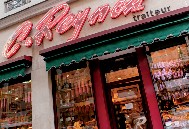
The best of meat pies
In Lyon, the name Reynon is synonymous with good charcuterie, just as Paul Bocuse is synonymous with nouvelle cuisine. Ask anyone in Lyon for the name of the king of sausages, and you will hear the name Georges Reynon, and Georges Reynon alone. His business was established in 1937 in the 2nd arrondissement, one of Lyon’s chic districts, by his father Claudius Reynon, a 3rd-generation butcher. You might be wonde- ring why we are taking you to this charcuterie for our book on veal, but this is mainly because Reynon is a specialist in meat pies; and a meat pie without veal is unthinkable. Claudius Reynon was a lover of old-fashioned festive dishes like the famous L’Oreiller
de la Belle Aurore. This is the pie invented by Brillat-Savarin in honour of his own mother, and to Georges, it is a best-seller: “It is a 32kg meat pie consisting of veal, poultry, wild game, foie gras and truffles. Around the holiday season, we sell 13 of the 32kg pies every week, easily.”
Pies are a real specialty in Lyon and in days gone by, the pies would have been made by pâtissiers, not by charcutiers. “According to my father, the contents had to be completely white, but these days we have to use saltpetre (E252) to achieve the same effect, because veal has become much pinker.” Other rules for the L’Oreiller de la Belle Aurore pie are that it must contain a combination of poultry, pork, veal rump and shoulder. “I get my veal from the highlands of Aubrac where they have the whitest meat I can find,” comments Georges,
“and some people soak the meat in milk, but I don’t believe in doing that.” Their substantial meat pies are so successful, that George offers them all year round and enjoys marke- ting them on high days and holidays. Once the hunting season starts, he makes the Saint-Hubert pie, which is made with game and veal. “Our profession,” Georges conclu- des, “is using meat to create new products. In order to be able to do this, you need to know your products inside and out. Every piece of meat and every gram of fat has a function. Unfortunately, this knowledge is disappearing, young people are not interested anymore.
I am very fortunate to have my son here, he is interested, and is even better than I am!”

